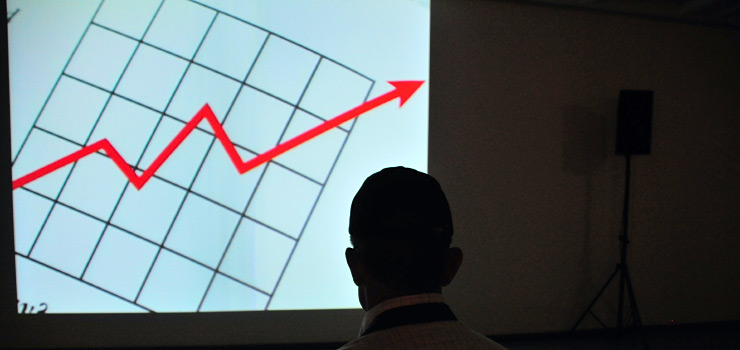Portfolio manager’s Letter January 2011
2010 Investment year results: annual return 22 – 30%

2010 Investment year results: the average annual return for Losch Management Company taxable accounts was a little less than 22%. An average of the non-taxable accounts was up 30% this is 2010 investment year results too. These 2010 Investment year results compare to the S&P 500 was up 16%, and the average hedge fund that was up 10% according to the “Wall Street Journal”. The Journal also pointed out that the average managed mutual fund was up by 19% in 2010 investment year results. Which makes us wonder why “Sophisticated Investors” are so eager to pay the obscene fees charged by hedge funds?
The considerable difference between the performances of the taxable money compared with the Non-taxable accounts is the result of the tax sheltered account’s ability to take a short term gain with no tax penalty.
While cashing short term profits would seem to fly in the face of everything we hold sacred as value investors, it is not so far afield as it might seem. The rules of our investment method for managing these accounts have more in common with traditional value investing than you might expect. For example, these investment portfolios are very concentrated with a limited number of low risk stocks. They are basically the same positions as held in our long term portfolios, the biggest position being Berkshire Hathaway. The difference is that the positions are just traded more aggressively.
I still try to buy with a margin of safety, although this margin of safety may not be as large as that required to take a long term position (Buy on bad news, sell on good news). Basically, the taxable sheltered portfolios look a lot like the taxable portfolios, but the taxable positions are almost always held until the gains go long term, whereas the targeted holding period for the tax sheltered positions is usually six months or less. These accounts generally hold more cash than the long term buy and hold accounts.
This approach was started as an experiment with a small account a little over nine years ago. 2010 Investment year results for this account: it now has a compound annual rate of return of in excess of 24%, which means it has beaten the S&P 500 by 22% per year for those nine years. Gradually, Losch Management Company, have tried this method with additional IRA accounts where requested by the client, and the results have remained consistent with our earlier experience.
As a rule, the more we shorten the holding period in these accounts, and raise the average level of cash held, the better the performance. It is tough for me to justify these results on an intellectual basis, but you have to be a pragmatist if you want to survive in financial markets and so you go with what works. (The markets tend to demolish most academicians’ theories with relentless regularity).
One of the big objections to trading aggressively in the past has been frictional costs, but frictional costs today are a fraction of what they were twenty years ago, having decreased dramatically just in the last few years after the SEC required that trades be quoted in pennies as opposed to quarters or eighths as they used to be. That leaves us with taxes as most of the remaining frictional cost and this problem is solved by the use of IRAs, and makes the Roth IRA a great source of tax free income.
This is not an approach that would have worked in the eighties and nineties when we were living in a secular bull market. Then, if you got out of a good stock, you might never get a chance to get back in and repeat 2010 Investment year results. As the above figures indicate, it has worked well for the last ten years. I do not see the return to a long term bull market any time in the near future, but someday it will come back. Of course, there is no guarantee that these past returns can be achieved in the future.
Blog Archive
